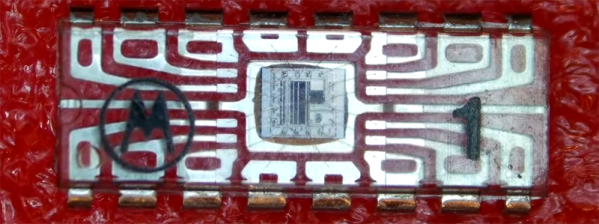So you want a light that runs off solar power. But you don’t want it to go dark if your batteries discharge. The answer? A solar-mains hybrid lamp. You could use solar-charged batteries until they fall below a certain point and then switch to mains, but that’s not nearly cool enough. [Vijay Deshpande] shows how to make a lamp that draws only the power it needs from the mains.
The circuit uses DC operation and does not feed power back into the electric grid. It still works if the mains is down, assuming the solar power supply is still able to power the lamp. In addition, according to [Vijay], it will last up to 15 years with little maintenance.
The circuit was developed in response to an earlier project that utilized solar power to directly drive the light, when possible. If the light was off, the solar power went to waste. Also, if the mains power failed at night, no light.
The answer, of course, is to add a battery to the system and appropriate switching to drive the lights or charge the battery and only draw power from the mains when needed. Since the battery can take up the slack, it becomes easier to load balance. In periods of low sunlight, the battery provides the missing power until it can’t and then the mains supply takes over.
Comparators determine whether there is an under-voltage or over-voltage and use this information to decide whether the battery charges or if the main supply takes over. Some beefy MOSFETs take care of the switching duties. Overall, a good way to save and reuse solar cell output while still drawing from the grid when necessary.
Small solar lights don’t take much, but won’t draw from commercial power. Solar “generators” are all the rage right now, and you could probably adapt this idea for that use, too.


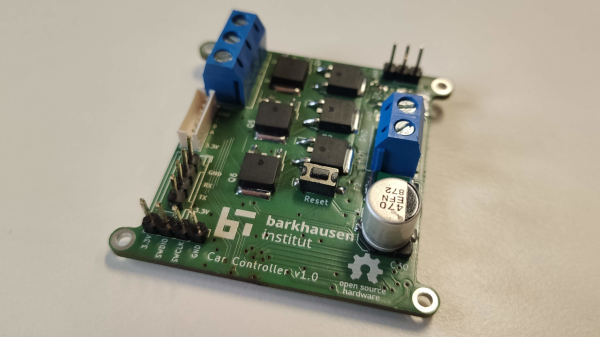

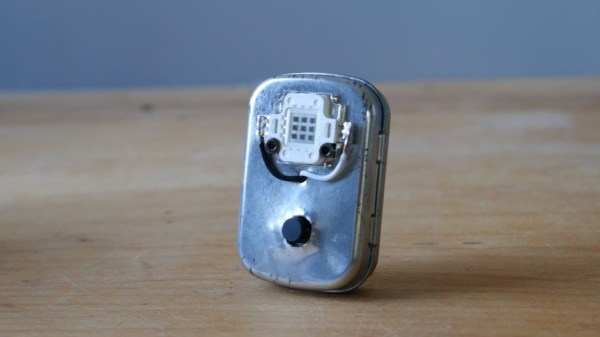
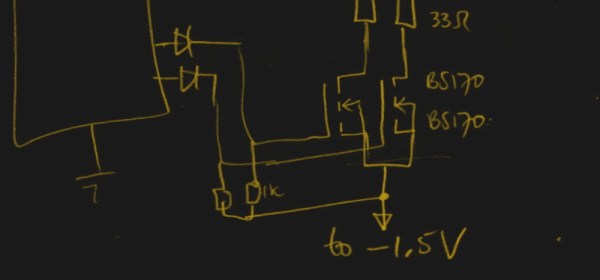
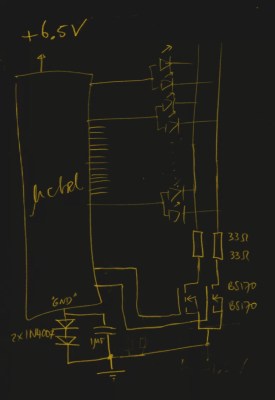
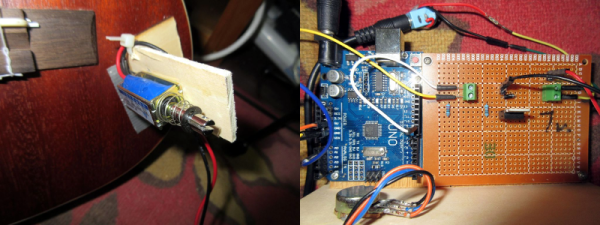
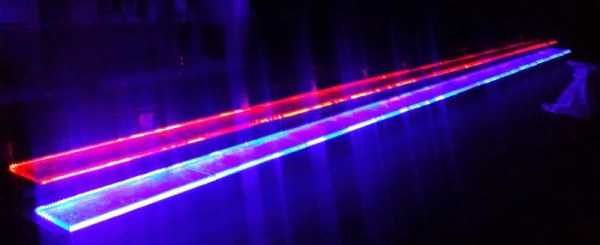
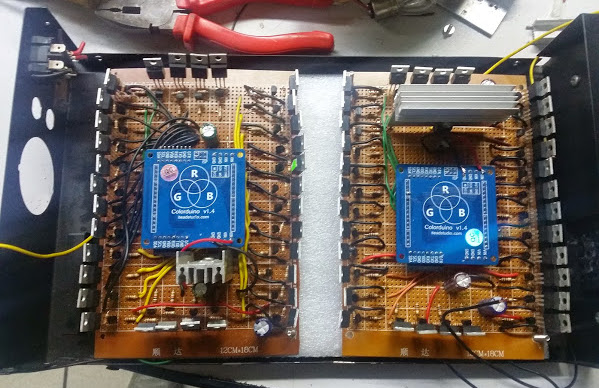 The project took around 450 meters of RGB strips controlled by
The project took around 450 meters of RGB strips controlled by 